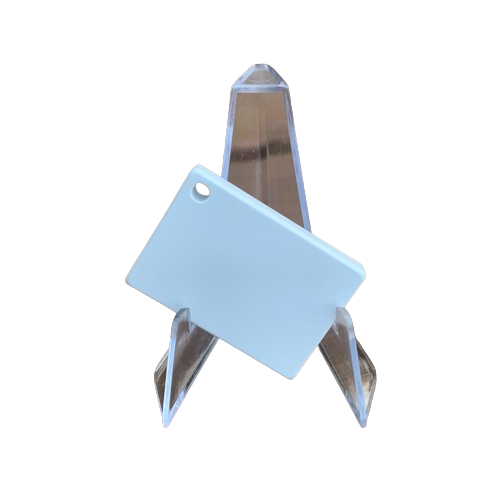
Bluetooth Beacon devices have revolutionized the sphere of proximity marketing, asset tracking, and other location-based applications. The technology operates on a simple yet expansive mechanism, transmitting unique signals to devices within proximity, transforming into a source of contextual experiences. This article takes an in-depth look at the main components that constitute a Bluetooth Beacon device.
Main Components of a Bluetooth Beacon Device
- Central Processing Unit (CPU)
Every Bluetooth Beacon comes equipped with a Central Processing Unit, often called the brain of any computing device. The CPU’s critical role in a beacon is to process the unique ID number the device is programmed to transmit. It interprets instructions from the beacon’s software and carries out most of the necessary data processing. It is this CPU-generated signal that is eventually sent out to other devices.
- Radio
The beacon’s radio is essentially its voice; it is the component that broadcasts these signals to the world. The radio sends out the signal prepared and executed by the CPU. This Bluetooth radio is designed to send a repetitive broadcast of the beacon’s ID number, in the form of BLE (Bluetooth Low Energy) packets. These signals are received by smart devices within proximity, from smartphones to tablets and computers.
- Batteries
Bluetooth Beacons are standalone devices and function for extensive periods, making their power sources critical. They are typically powered by batteries to maintain their functionality. The type and size of the battery differ based on the design, size, and operational life of the beacon device. BLE technology allows beacons to function efficiently on these battery sources, making them powerful yet power-efficient.
The Beyond
While the components mentioned above are the basic elements found in all beacon devices, certain advanced models come with additional elements designed for more specific uses. For instance, some of the high-end beacons contain in-built sensors, including accelerometers, humidity sensors, or temperature sensors. These additional components allow the device to collect and transmit detailed environmental data, enhancing the utility of the device beyond mere ‘beaconing’.
Conclusion
A Bluetooth Beacon is a fascinating piece of technology, encapsulating a world of wireless network systems within a small device. Each component within the beacon harmoniously collaborates resulting in a powerful tool that can effectively connect the digital and physical worlds. Whether it is their utilization for creating a more captivating shopping experience or ensuring efficient hospital navigation, these tiny devices possess enormous potential, all owing to their well-designed, efficient components.



